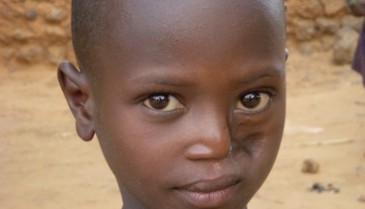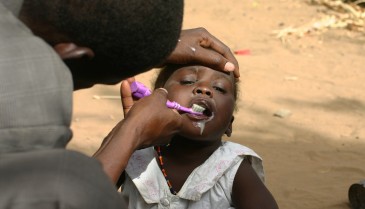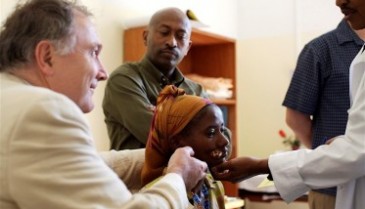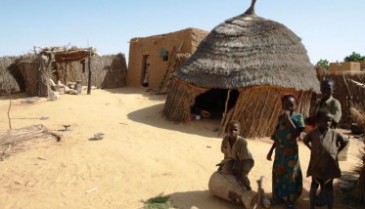- c/o Winds of Hope Foundation, Ch. de Montolivet 19, 1006 Lausanne, Suisse
- +41 (0)21 320 77 22
- info@nonoma.org
« When we first hear its name, we do not know what it is. When we hear it described, we cannot believe what we hear. And when we see it with our own eyes, we will never be the same again. Noma is a disease that not only leaves indelible scars on the faces of its tiny victims but also on the minds of those who witness it. The shame of not knowing about it earlier, the horror that such a thing is possible in the 21st century, the incomprehension that so few humanitarian organizations are tackling it. » Bertrand Piccard.
The disease

Understand
Noma is a rapidly advancing gangrene that develops in the mouth. It starts with a benign lesion but ends up ravaging the facial tissues in an atrocious way. It affects mainly children aged 2 to 6 years and appears to be caused by a combination of poor hygiene, malnutrition, and a weakened immune system. The epicenter of the disease lies in Sub-Saharan Africa, the poorest region in the world.
Simple mouthwashes, vitamin supplements and antibiotics are enough to stop noma if it is detected in time. In the absence of treatment, 80% -90% of children die. Those that survive will never again be able to speak, eat or breathe normally.

Prevent
The best preventive measures are food suitable for the child’s needs and good oral hygiene. So the most effective ways of combating noma before it even emerges remain to sensitize populations to noma, and set up simple prevention programs accessible to the greatest number.
Another way of contributing to an effective campaign against noma is to encourage governments – in collaboration with local civil society and NGOs active in the field – to take action to remedy malfunctions such as lack of access to food, drinking water, health care and education.

Treat
If diagnosed in time and actively treated, many children could be cured, and so avoid having to suffer the disastrous noma sequelae. There are serious obstacles to administering first aid, such as: poor public services and impoverished social environments; nutritional recovery hard to achieve; hospitalization of children complex.
Once the disease is stabilized, surgical reconstruction is possible, but it is expensive and involves a series of operations. Only a minority of children will benefit. The geographical remoteness of surgical sites, the risks arising from general anesthesia, the complexity of the surgical techniques required and the children’s facial growth are among the challenges to such surgical reconstruction work.

Context
Noma was known to doctors in antiquity. In industrialized countries, noma only disappeared in the 20th century with the end of periods of famine and the development of hygiene. It was only put on the international agenda for discussion in 1989 thanks to the commitment of Edmond Kaiser and Yvan Muriset (founders of Sentinelles).
In 2006, an epidemiological study carried out by WHO Afro showed that: more than 100,000 children were affected each year, with a mortality rate of 70-90%. The African continent is the hardest hit, with 80 per cent of all cases.
Research into noma is very limited in scope, but it has found that noma is caused by a sharp decline in immune defenses originating during the mother’s pregnancy, and that there are no bacterial agents or viruses to be held responsible.

